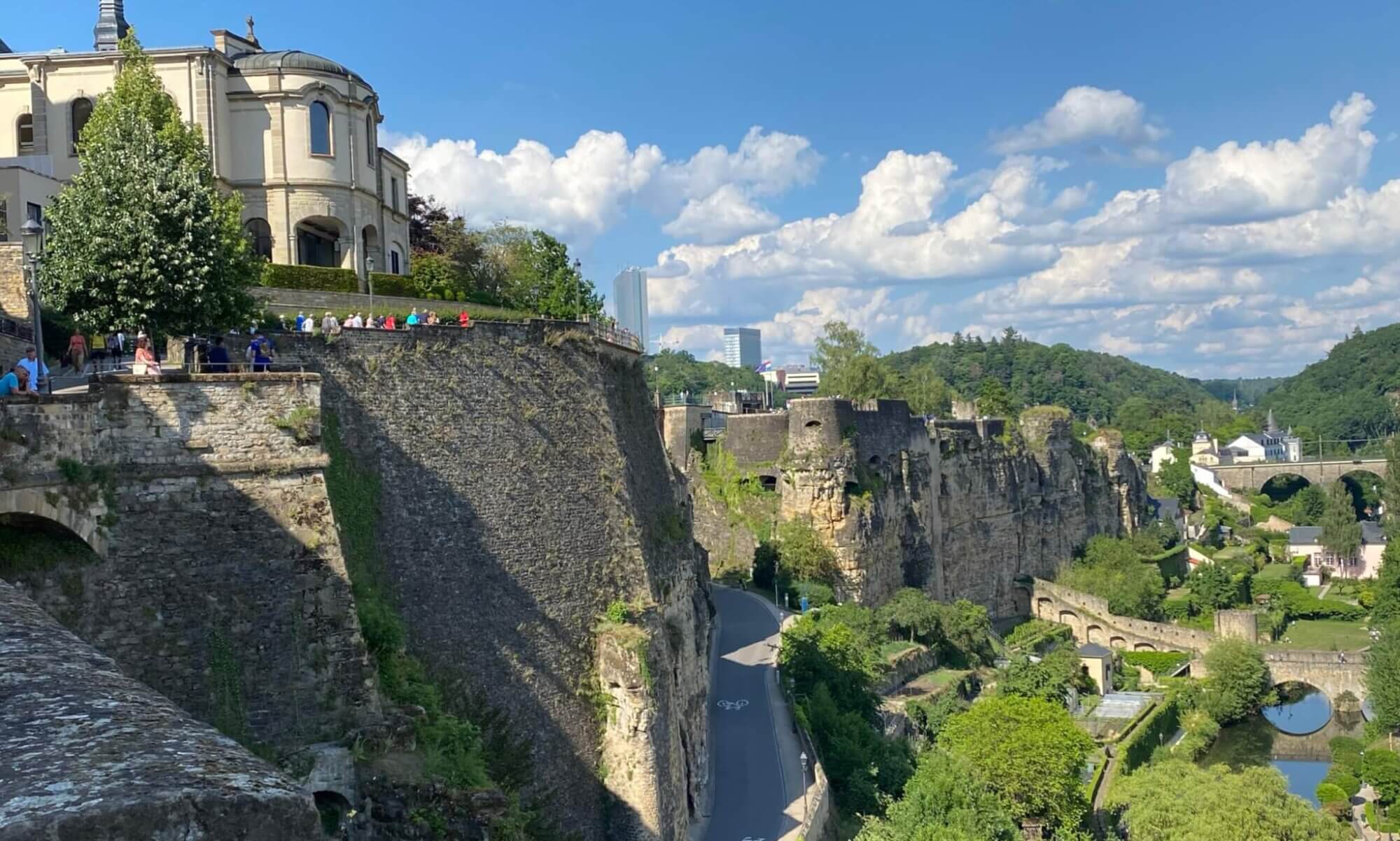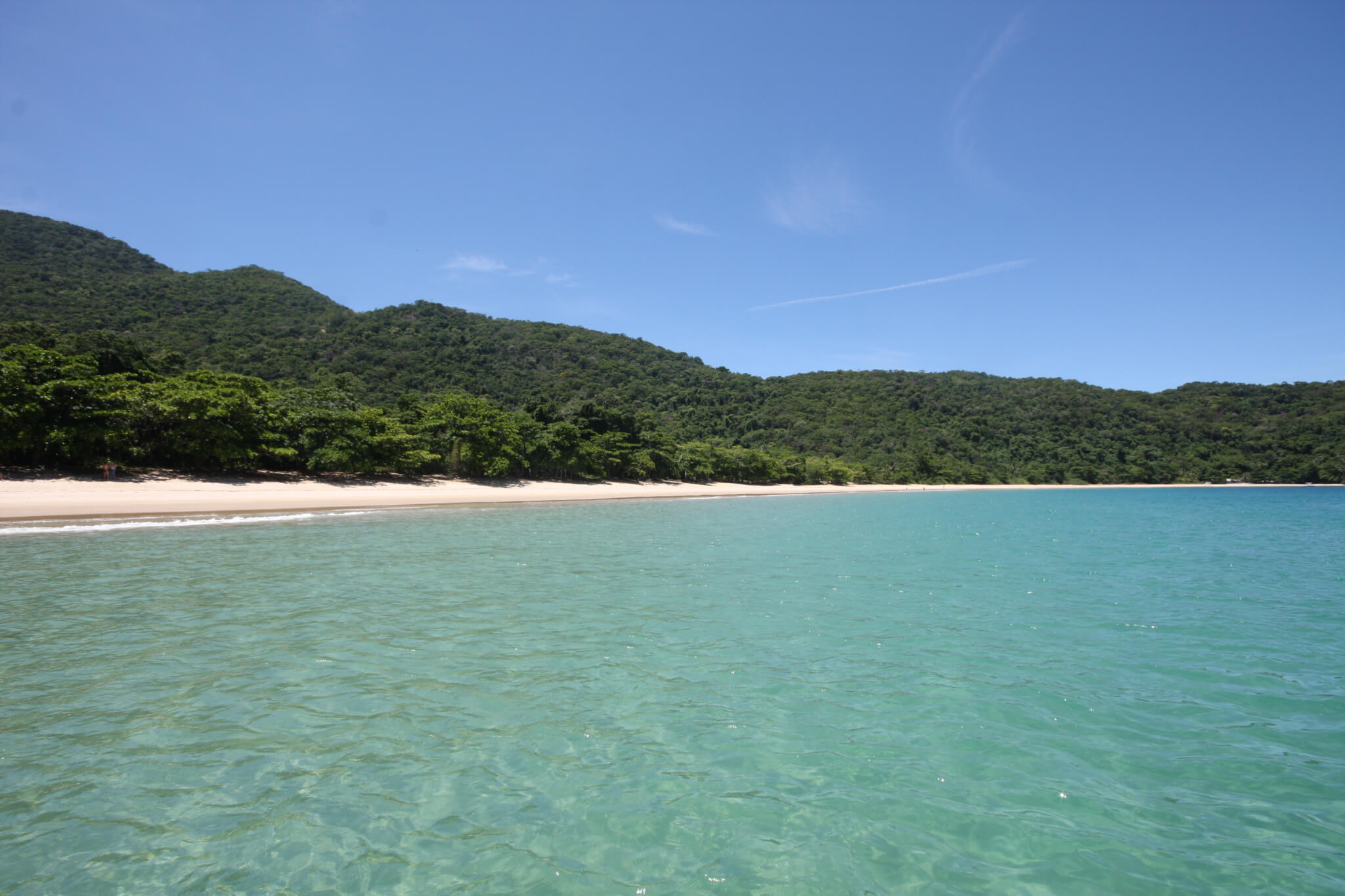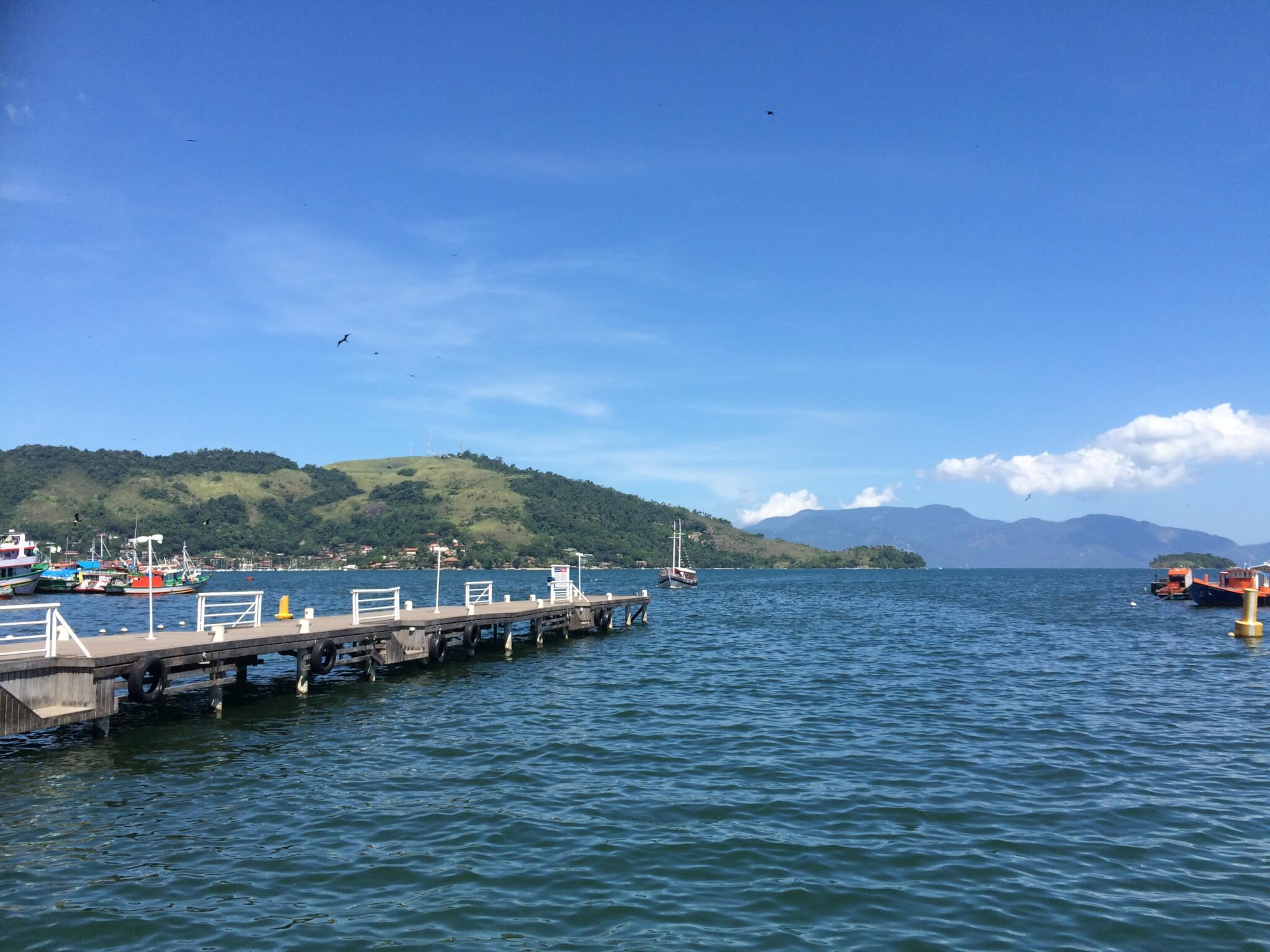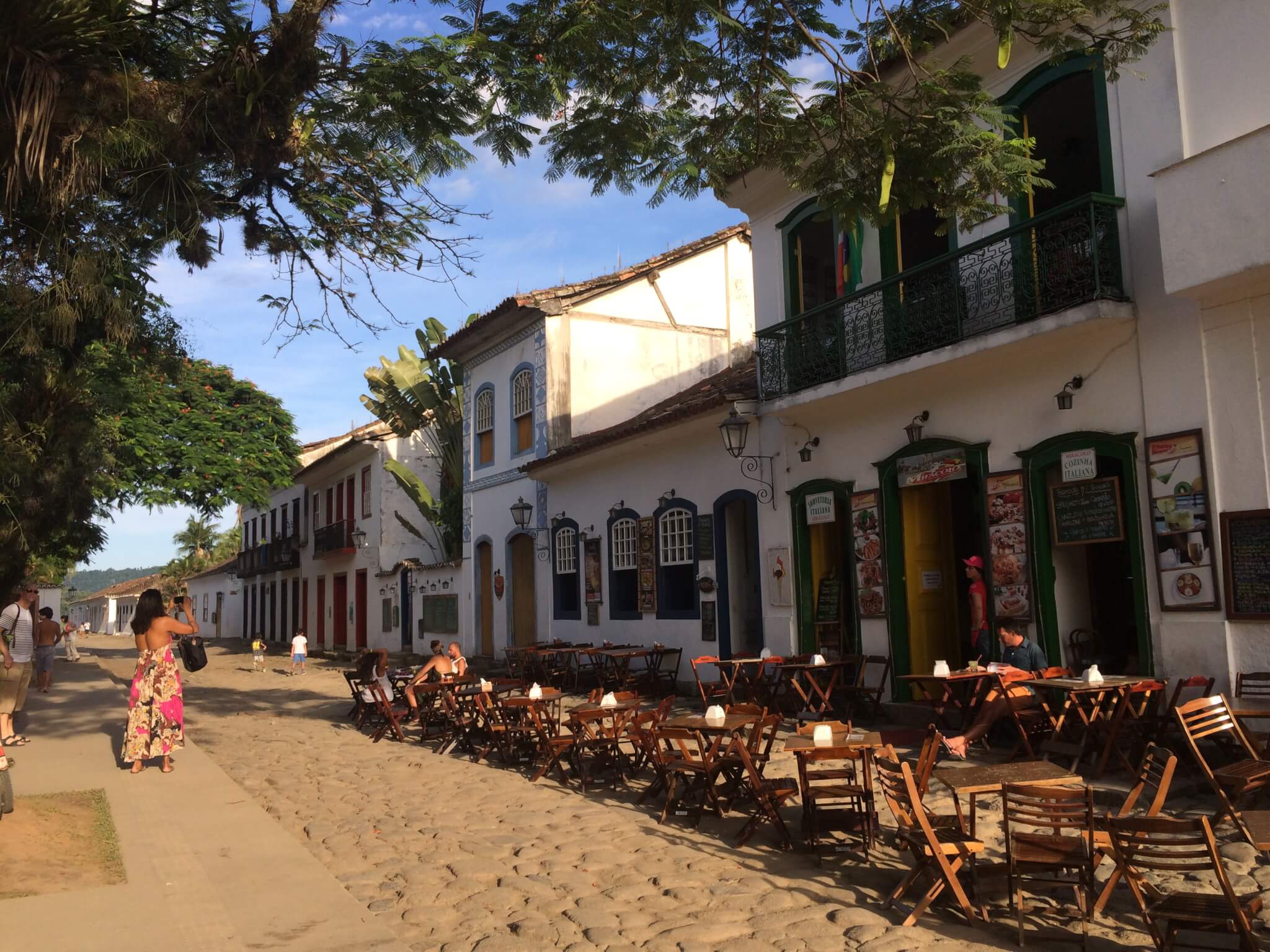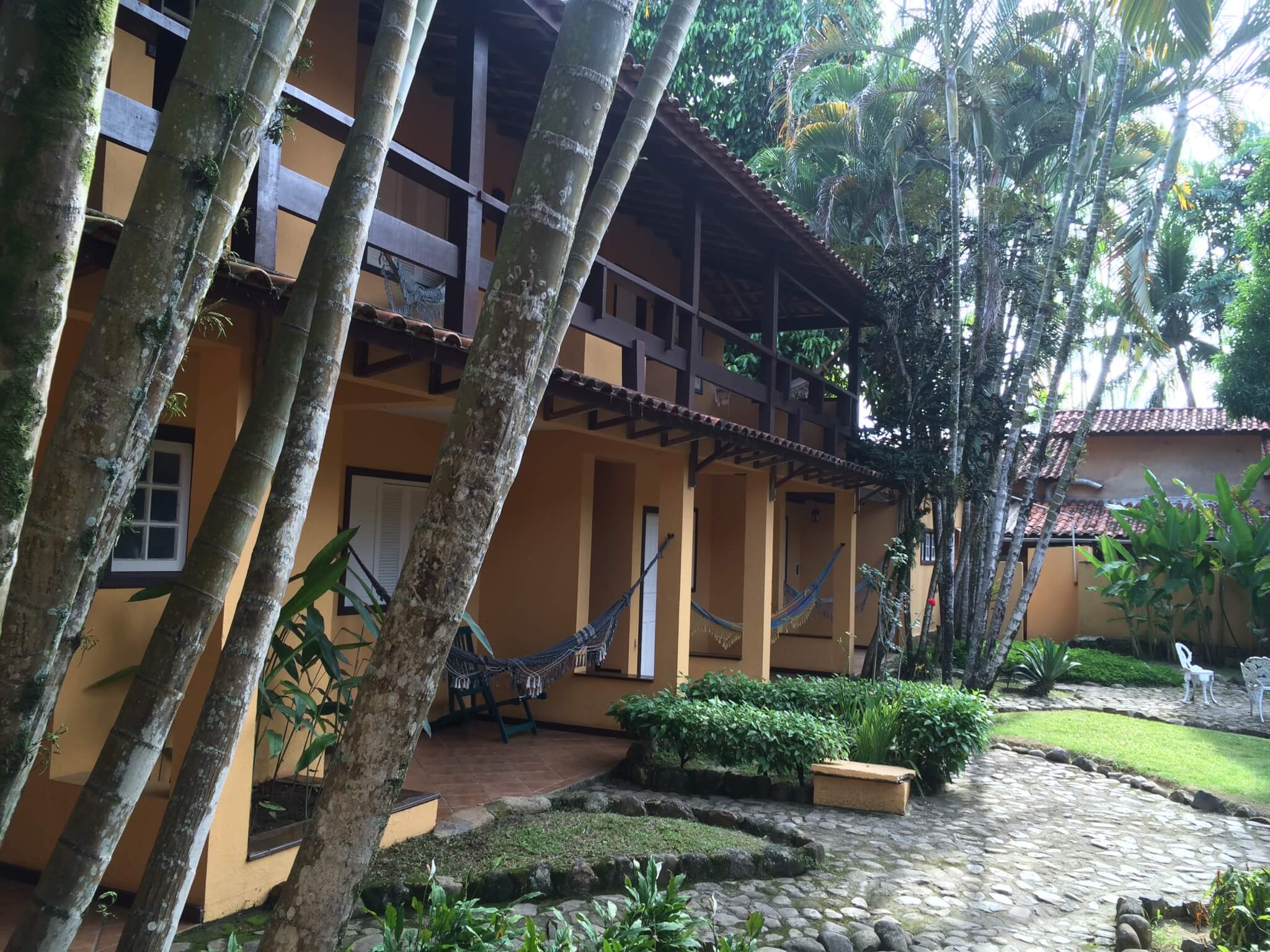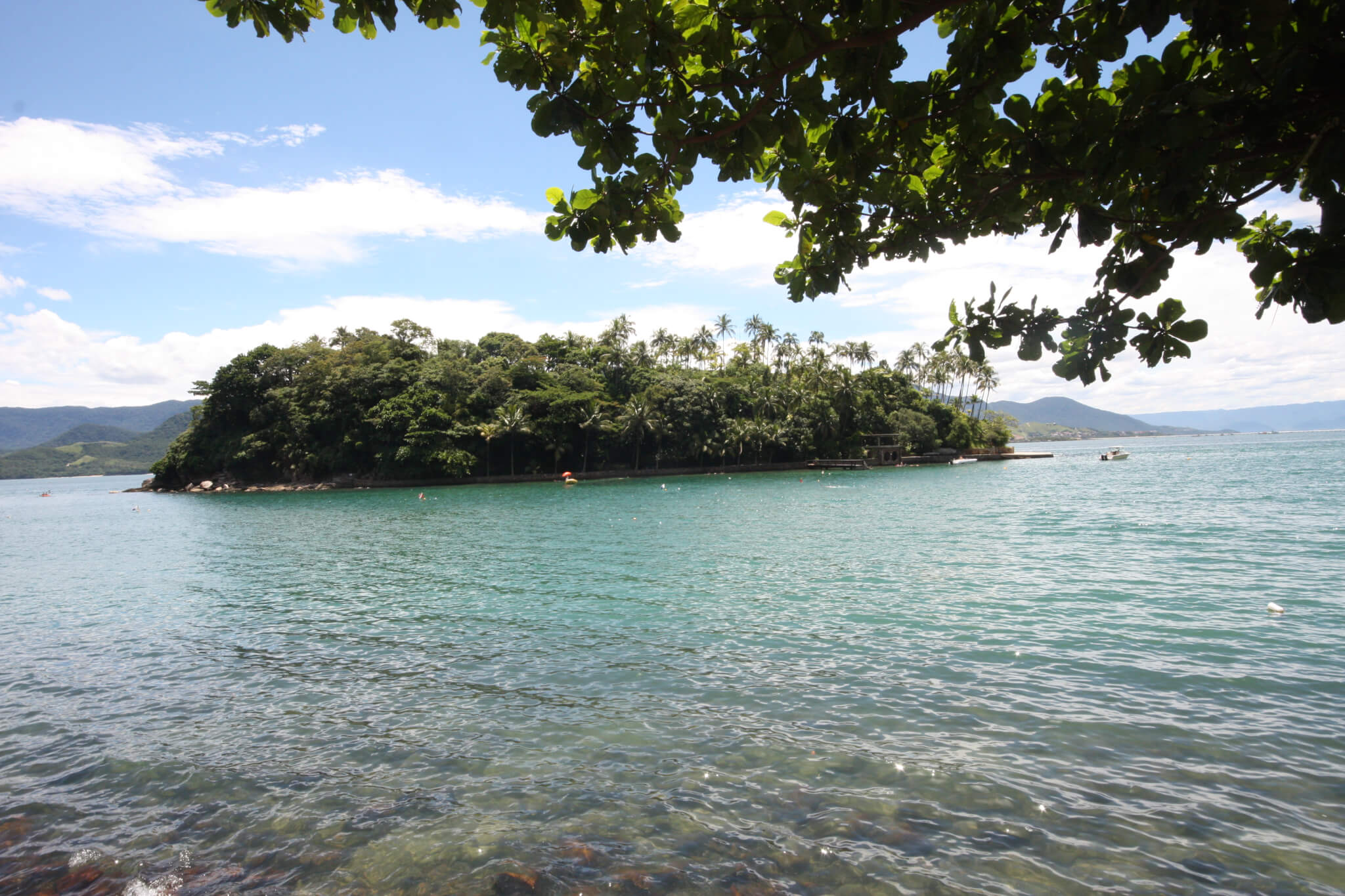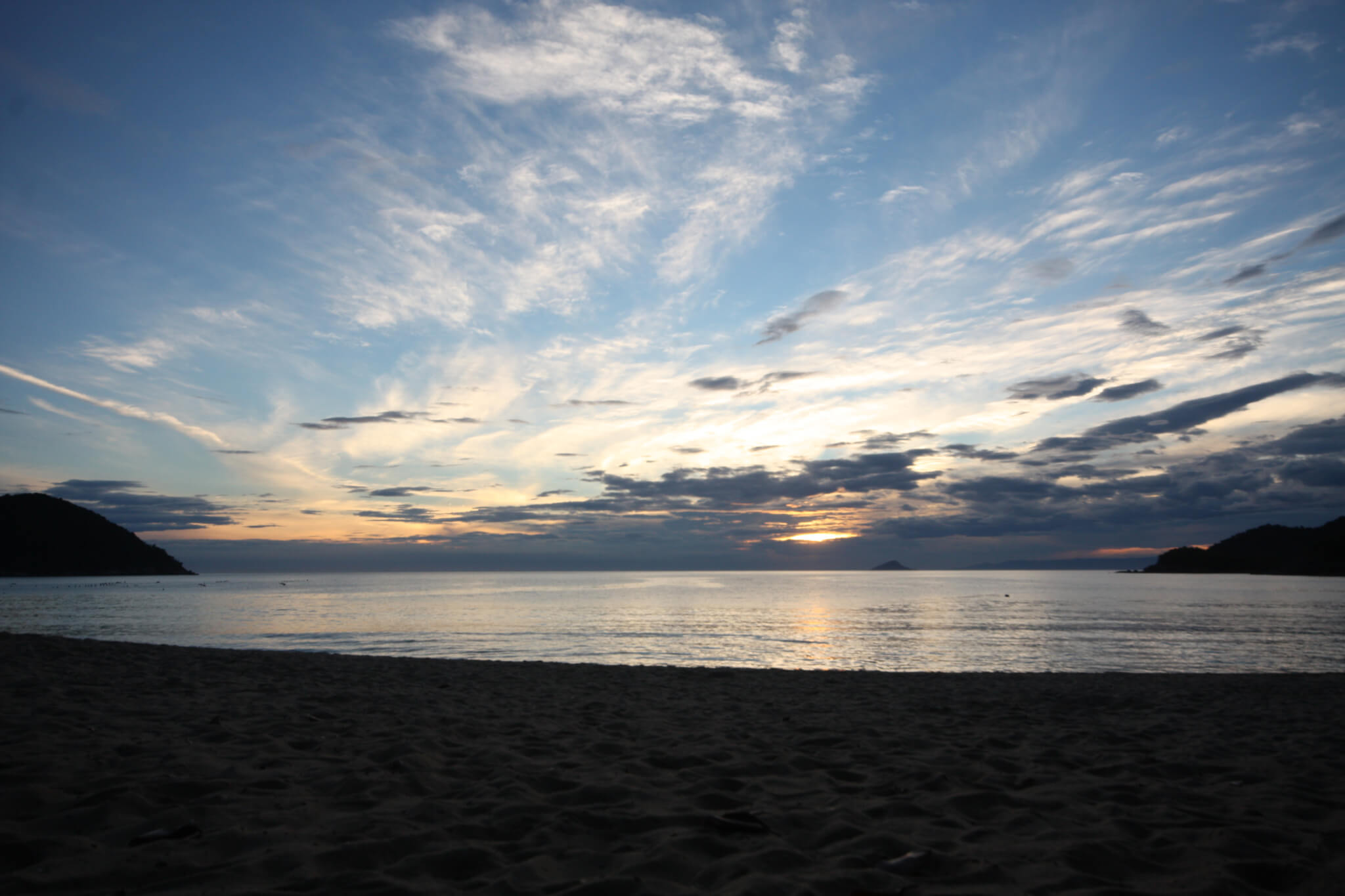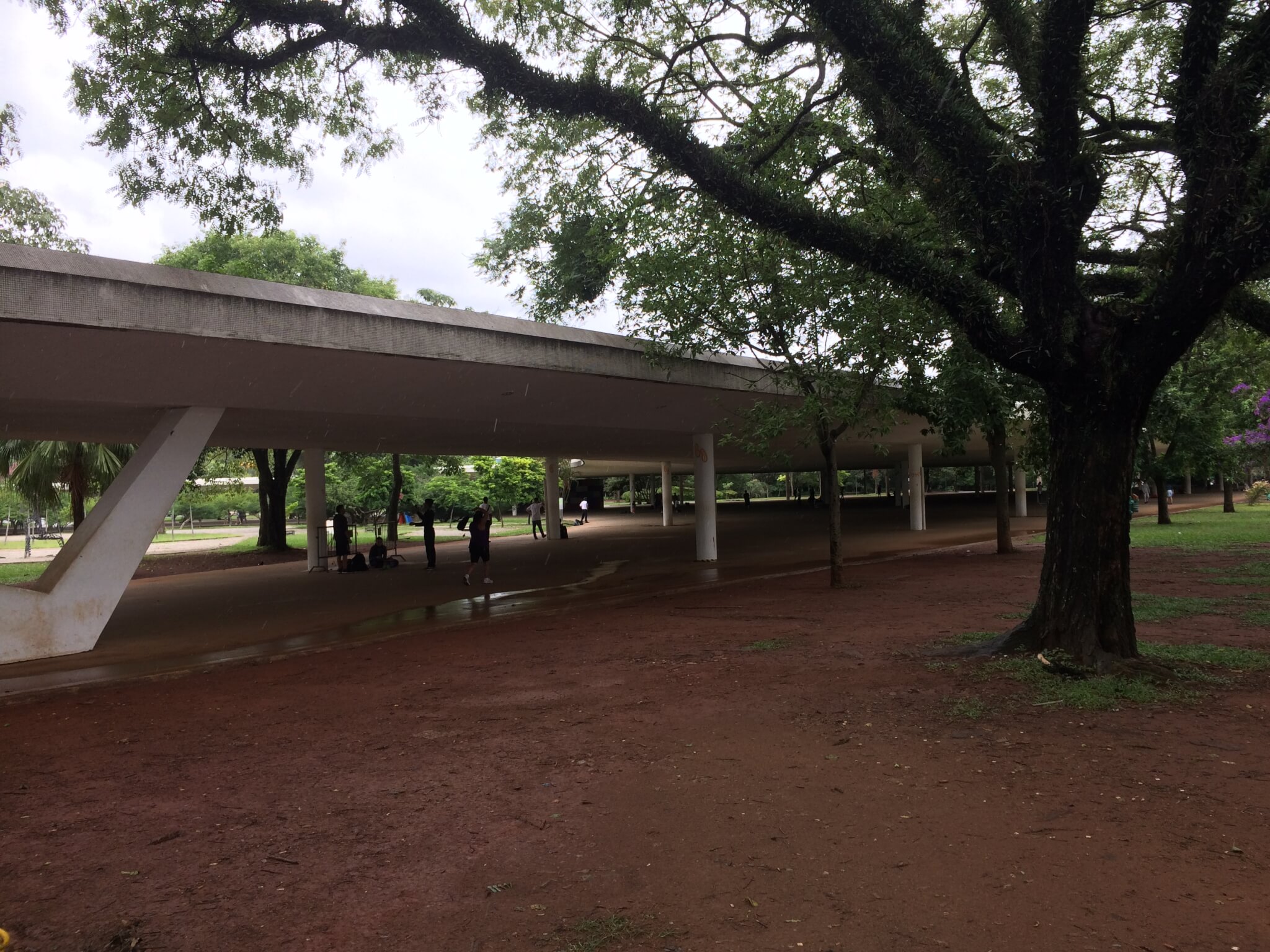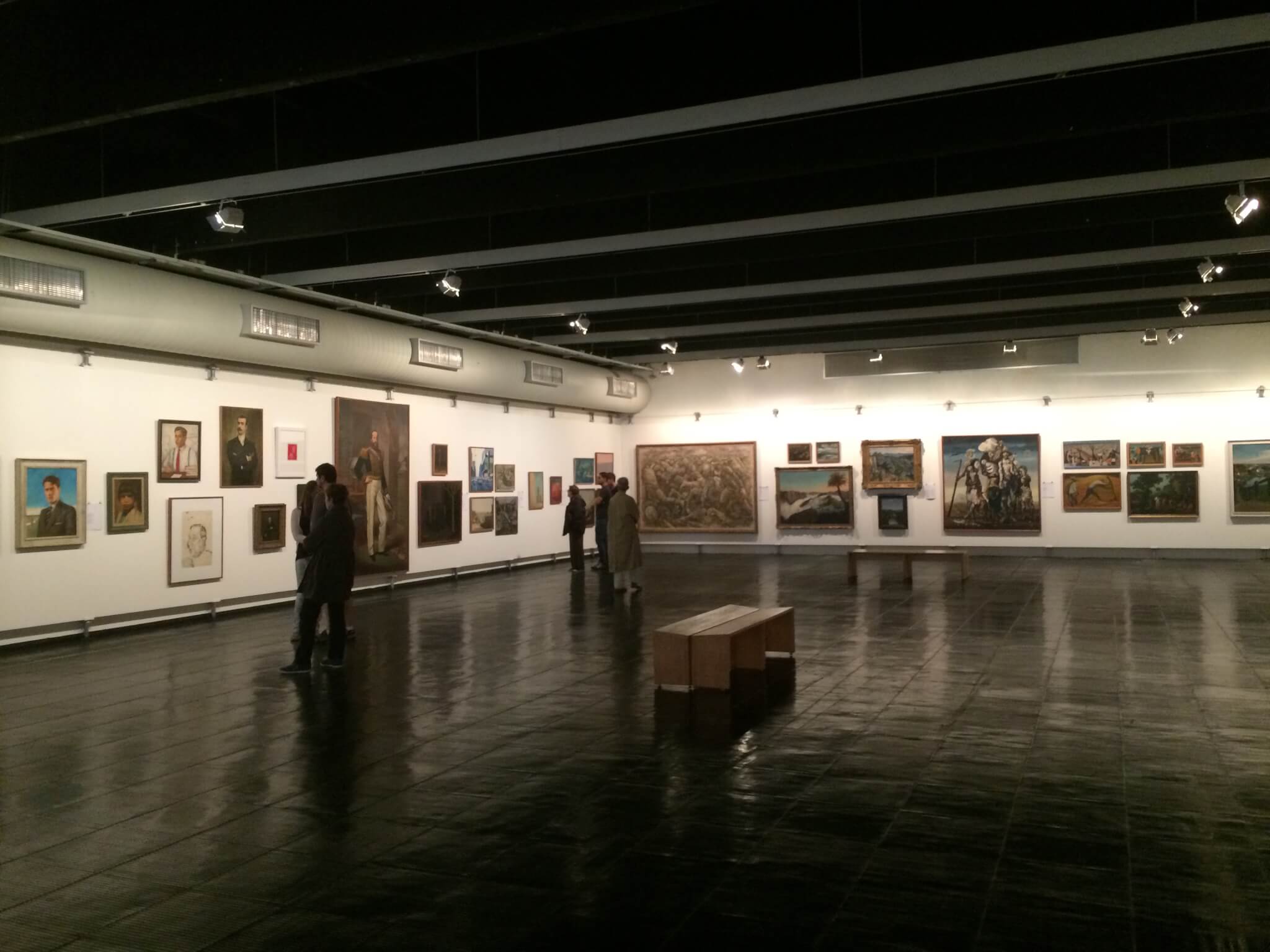The history of Ilha Grande – an island 150 km west of Rio de Janeiro – is somehow dark and contrasts heavily to its current beauty. First, the island was the Brazilian equivalent to Ellis Island; European emigrants had to stay on the island before coming into the country. Later the island became a sick bay in time of Leprosy and until 20 years ago: A high security prison.
Continue reading “Nature wonderland”Gateway to paradise
Well, Angra dos Reis is no beauty. The town 150 km west of Rio de Janeiro is mostly known for being an important port for travellers going to Ilha Grande. When I arrived I had to give back my rental car at the agency Localiza. My GPS system was directing me to a strange place where no rental company was to be suspected.
Continue reading “Gateway to paradise”Swimming with the fishes
The bay of Paraty is absolutely beautiful and can be easily enjoyed during an escuna tour on a traditional sailing boot. As Paraty is an important vacation destination for the cariocas (citizens of Rio de Janeiro) there is a big tourism industry and many ships look like party boats.
Where the crabs live under the pavement
I’ve not been to Portugal so far, but I’ve already seen a traditional Portuguese city: Paraty (sometimes written Parati). When the Portuguese wanted to get gold from Minas Gerais they anchored in the bay of Paraty close to the village of a native tribe. They followed an already existing trail into the mountains to find the good they were searching for.
Continue reading “Where the crabs live under the pavement”Pousada Corsario
The Pousada Corsario in Paraty is like a gated community of small houses next to the river and not far away from the historic city center. The houses are simpel but I really enjoyed lying in my hammock in front of the room. At the time I’ve been in Paraty, there where not many guests and it was a quiet and pleasant stay.
Continue reading “Pousada Corsario”The Possibility of an Island
When the people of São Paulo need a break from their city they often travel to one place: Ilhabela. It is an island located only some minutes (approximately 7 km) by ferry from São Sebastião. How many people go there in summertime can be easily seen when you follow the waiting line for the ferry boat: It winds through São Sebastião in an enormous length.
Continue reading “The Possibility of an Island”Ilha de Toque Toque boutique hotel
When arriving in São Sebastião, belonging to São Paulo, I was in trouble finding my hotel, the Ilha de Toque Toque boutique hotel. As the name suggests, it might be on an island (ilha). I entered the street adress into my navigation system and was led to a strange place within São Sebastião.
Continue reading “Ilha de Toque Toque boutique hotel”Praça de Sé
A good starting point for a visit to São Paulo is the Praça de Sé – the historic center of the city. It is a nice place surrounded by palms, often crowded and it has seen mighty demonstrations (like for free elections in 1984) in the past. You can get here easily by metro, using the station naturally called Sé.
Continue reading “Praça de Sé”Parque do Ibirapuera
If you need to relax a bit, São Paulos equivalent to the Central Park, the Parque do Ibirapuera might be the place for you. It is a 160 hectare park with ponds, woods and lawns where you can relax, do some sports or look out for art.
Continue reading “Parque do Ibirapuera”Museums in São Paulo
There a quite some museums in São Paulo (like the Museu da Imagem e do Som, MIS; or the Museu da Casa brasileira), but because of limited time I only had the possibility to visit two of them: The Museu de Arte de São Paulo (MASP) and the Museu de Arte Moderna de São Paulo (MAM). At least the MASP has to be put on your shortlist.
Continue reading “Museums in São Paulo”